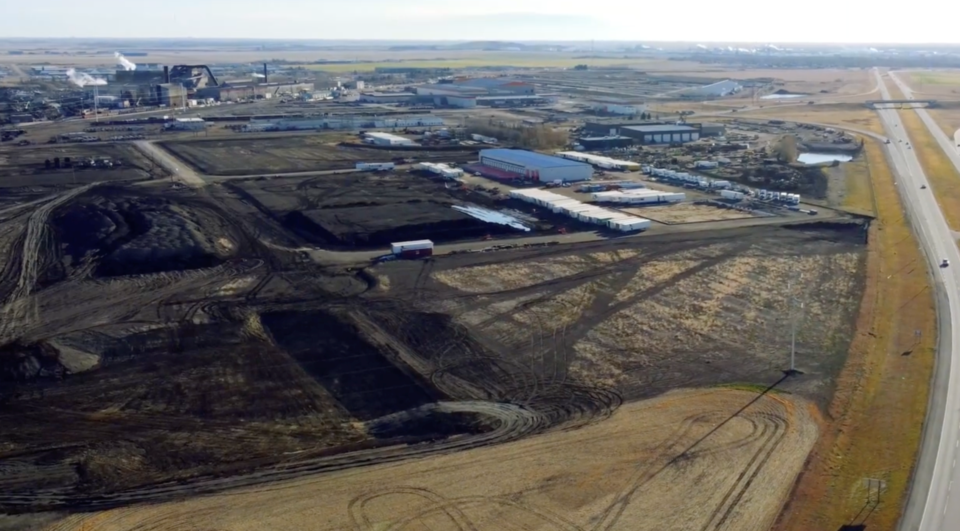Strong demand and little new construction mean tight industrial markets are poised to get tighter across eastern Prairies cities.
Second-quarter reports from the country’s top brokerages point to falling availability rates in both Saskatchewan and Manitoba.
Winnipeg, a key north-south logistics hub, is experiencing what CBRE Ltd. describes as “a supply-demand imbalance” that has pushed down availability by 70 basis points to 2 per cent in the second quarter on a total inventory of 77 million square feet.
“Projects currently under construction are expected to provide over 118,000 square feet of new space by the end of the year,” CBRE reported. An additional 175,214 square feet of speculative construction is in the works for 2023.
CBRE said this will “aid in balancing out the market,” but with net absorption in the quarter totaling 560,027, the scant amount of new space – which is favoured over existing, older product – won’t last long.
A similar phenomenon is playing out in Saskatchewan, where vacancies are also dropping. Saskatoon saw vacancies drop from 2.5 per cent to 2.1 per cent, while Regina saw vacancies drop from 1.5 per cent to 1.2 per cent.
“The strength of the Saskatoon industrial market has led to renewed interest by developers in speculative builds for lease,” Colliers reported.
But even with 302,100 square feet under construction, the new space won’t address demand in the tight Regina market, Colliers noted.
“While the speculative space being built in 2022 will be complete in Q3, it is not expected to quell the still-high demand in the market,” Colliers stated. “The current state of the market leaves potential industrial users in the market with few options other than to dive into the healthy land inventory in and around Regina, though construction costs still make this a last resort.”
It’s well within the means of some, however. Amazon purchased 14.35 acres at the city’s Global Transportation Hub for $3.3 million at the end of May. The purchase was by Amazon’s fulfillment services division.
While construction cost increases are the key constraint on new construction, Colliers also flagged the potential negative impact of interest rate hikes. However, the impacts have yet to be seen.
“The effects of the interest rates may be too early to predict, as demand remains strong,” the Colliers report stated, speaking of the Winnipeg market.
With availability rates falling across the West, it’s a statement that rings true as real estate enters what Colliers associate director of research has called a transition quarter as the market adjusts to the new realities.



